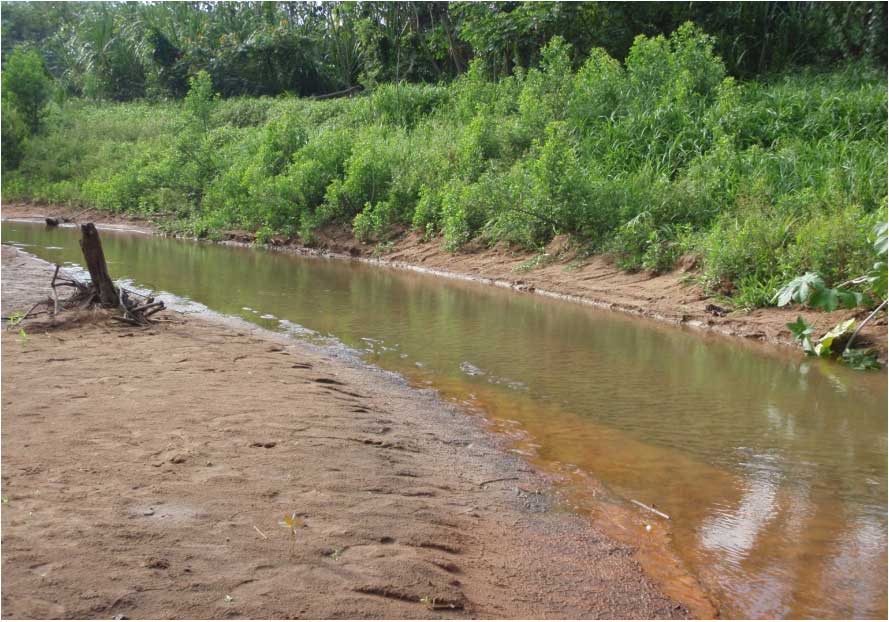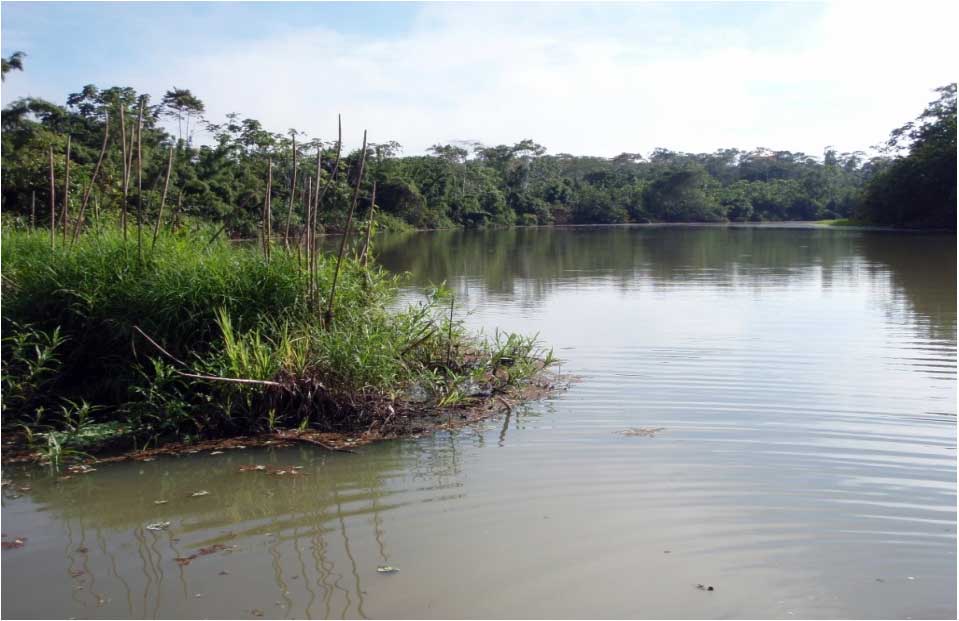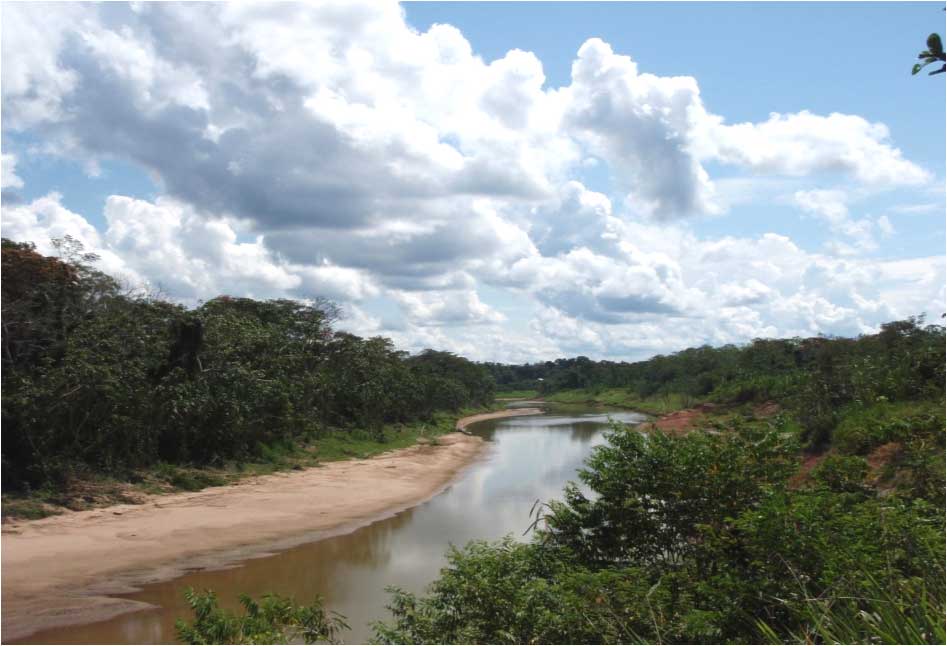|
|
|||||||||||||||||||||||||||||||||||||||||
|
Proyecto Alto Purús: Habitats |
|||||||||||||||||||||||||||||||||||||||||
|
The spatial scale of this project was designed to embrace all major hydrological, structural and vegetation features of the western Amazon Piedmont. Aquatic habitats of the upper Madeira basin are described by (Pouilly et al. 2003; Pouilly et al. 2004; Pouilly et al. 2006). Sampling efforts focus on three major habitats: terra firme (non-flooded) streams and rivers, floodplain floating meadows, and sediments on the benthos of lakes and channels. Terra firme streams and rivers. The majority of Neotropical aquatic animal species inhabit upland (non-flooded) streams and rivers, and we apply c. 50% effort to sampling these habitats. Because of their small size and hydrological isolation terra firme streams and rivers are characterized by relatively low alpha diversity (c. 30-40 species per locality) but high beta diversity, with a high turnover in species composition across the landscape (Bayley and Petrere 1989 ; Bayley et al. 1992; Crampton 1999a; Crampton and Castello 2002; Petry et al. 2003; Pfuhl and Shackleton 2004; Albert 2005; Correa et al. in review). Floating meadows. We apply c. 30% effort to sampling floodplain floating meadows. Although floodplain lakes and rivers constitute only c. 5% of the total area of the Alto Purús region (Leite-Pitman et al. 2003) they are characterized by seasonally abundant mats of floating vegetation that provide critical refuge for reproduction in many floodplain species, acting as a nursery during a critical portion of their life history (Araujo-Lima 1986; Goulding and Smith 1996; Araujo-Lima and Goulding 1997; Henderson and Crampton 1997; Crampton 1999b; Crampton and Castello 2002). Floating macrophytes may cover c. 30-40% of the total open water surface area at high water and are relatively easy to survey quantitatively (Southwood and Henderson 2000). Floating meadows dominate the photic zone, are remote from anoxic bottom waters, and account for a large proportion of aquatic organic production in the floodplain (Junk 1970, 1973; Junk 1984; Henderson and Crampton 1997). Floating meadows are dominated by grasses (e.g., Paspalum repens), the water hyacinth Eichhornia crassipes, and smaller species such as Pistia stratiotes (water lettuce) and duckweeds Spirodela polyrrhiza and Wolffia globosa. (Junk 1983). There is little or no submerged rooted vegetation in floodplain flooded forests. We will conduct limited trawling of deep river channels as this is an expensive and time consuming activity and many taxa which inhabit river channels undertake seasonal lateral migrations into floodplain channels (Cox Fernandes 1997; Crampton 1999a; Crampton 2001) and will be intercepted by our sampling protocol. Benthos of lakes and channels. Approximately 20% sampling effort is applied to this perennially anoxic habitat made up of alluvial silt mixed with organic debris. The invertebrate fauna of this habitat is unknown but we expect a specialized and probably low-diversity fauna dominated by mollusks and insect larvae. |
|||||||||||||||||||||||||||||||||||||||||
 |
|||||||||||||||||||||||||||||||||||||||||
 |
 |
||||||||||||||||||||||||||||||||||||||||
|
Lake
|
River
|
Stream
|
|||||||||||||||||||||||||||||||||||||||
| Home | Research | Teaching | People | Publications | In the Lab | ||||||||||||||||||||||||||||||||||||